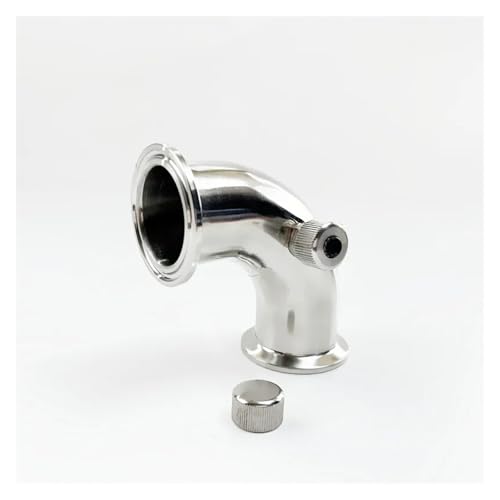Crawfordid
Junior Member
Hi guys just looking for a quick bit of advice! I've just bottled a batch of beer I checked the SG the 2 days consecutively after 10 days fermenting and wasnt bubbling much out of overflow pipe. Gravity was 1.012 then crash cooled to 2 degrees. Bottled the beer and primed it then rechecked (don't know why) it and it said 1.020! I also put a gallon of it in a secondary to add some extra things to it.
Now my problem is have I just created a crap load of bottle bombs and is there anything I can do about it? The one I put in secondary is bubbling away which is concerning! Is there anyway to calculate the gas release from the remaining sugar to ferment down to 1.012 from 1.020 and to guesstimate the excess pressure ? Or am I just going to have to cross my fingers and hope
Now my problem is have I just created a crap load of bottle bombs and is there anything I can do about it? The one I put in secondary is bubbling away which is concerning! Is there anyway to calculate the gas release from the remaining sugar to ferment down to 1.012 from 1.020 and to guesstimate the excess pressure ? Or am I just going to have to cross my fingers and hope






![BREWING THERMOMETER STICKERS ACCURATELY MONITOR FERMENTING BEER & WINE LIQUID TEMPERATURES 5PCS HOME BREW SPIRITS WINE LCD ADHESIVE [US]](https://m.media-amazon.com/images/I/311DDjo2X3L._SL500_.jpg)
































